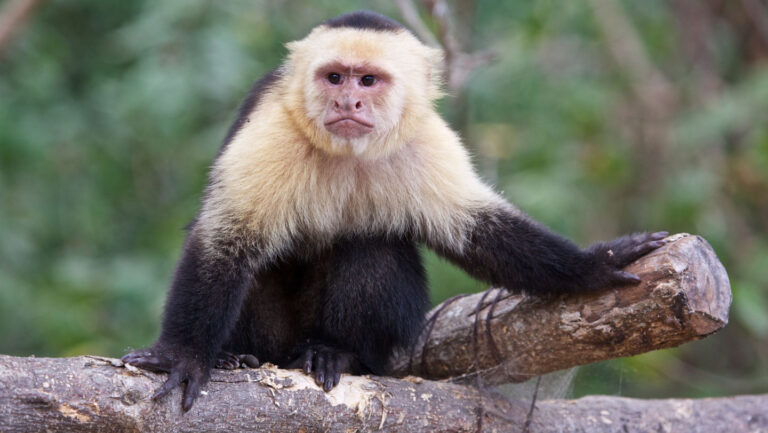behavior: The way something, often a person or other organism, acts towards others, or conducts itself.
biology: The study of living things. The scientists who study them are known as biologists.
camera trap: A still or video camera set to activate when motion is detected. The device is often used to monitor wildlife. It can also be used to record poachers.
corpse: The body of a dead animal. Also sometimes used to describe the remains of some inanimate object (such as a star).
endangered: An adjective used to describe species at risk of going extinct.
evolve: (adj. evolving) To change gradually over generations, or a long period of time. In living organisms, such an evolution usually involves random changes to genes that will then be passed along to an individual’s offspring. These can lead to new traits, such as altered coloration, new susceptibility to disease or protection from it, or different shaped features (such as legs, antennae, toes or internal organs).
footage: (in movies and videos) A term for the uncut or unprocessed motion pictures or video imagery taken by a camera. It takes its name from the fact that it took several feet of film to capture a few seconds of motion-picture photography.
howler monkeys: Monkey species found in Central and South America, including the Amazon. They are well-known for their loud howling, which can sometimes be heard several kilometers (miles) away .
macaque: A monkey with cheek pouches and a short tail that lives mainly in the forest.
predator: (adjective: predatory) A creature that preys on other animals for most or all of its food.
primate: The order of mammals that includes humans, apes, monkeys and related animals (such as tarsiers, the Daubentonia and other lemurs).
species: A group of similar organisms capable of producing offspring that can survive and reproduce.


